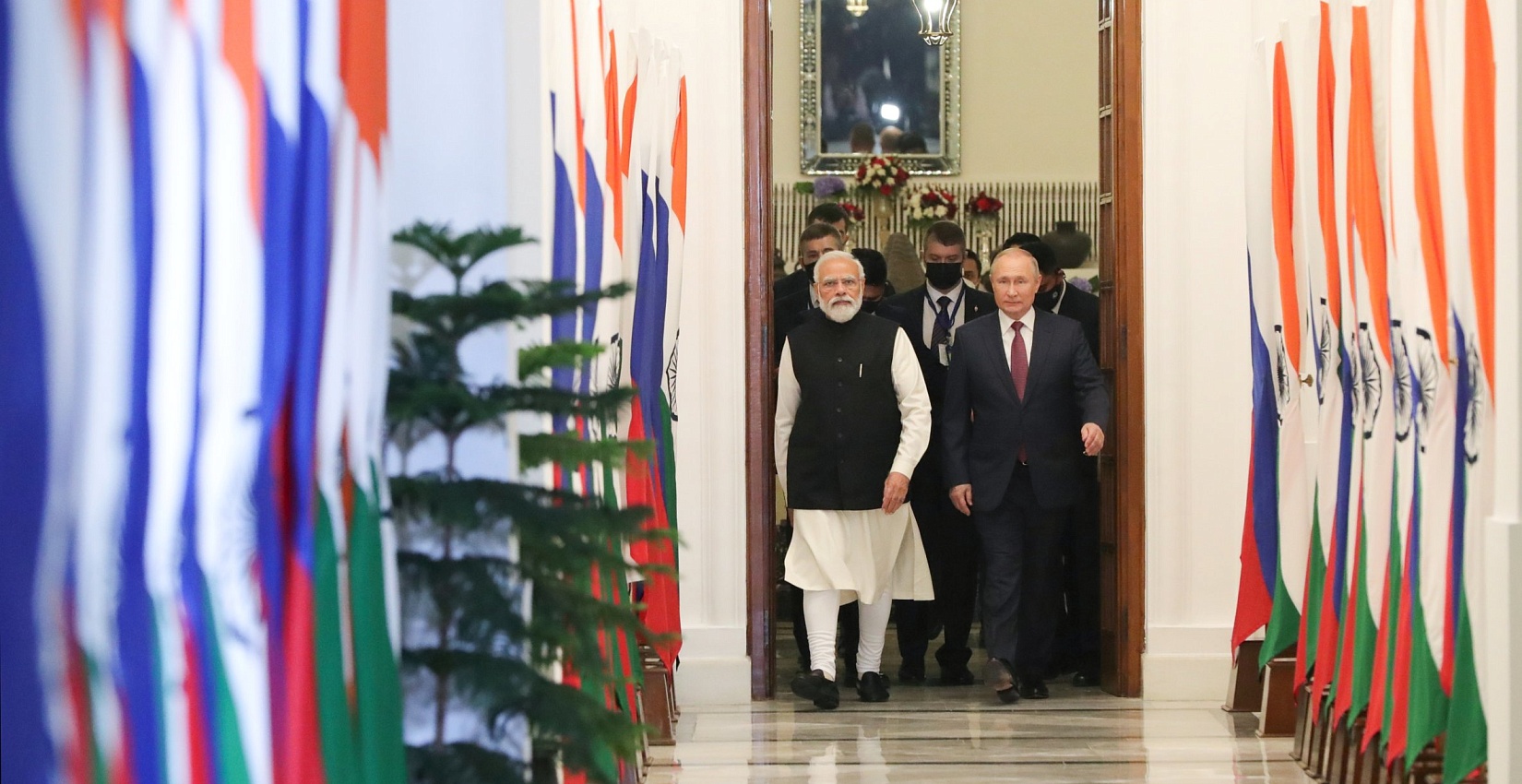
Current New Trade Path Possibly to Revolutionize Russia-India Trade
This growth reflects the changing global energy consumption landscape. India's oil demand is projected to reach 5.59 million barrels per day (b/d) in 2024, up from 5.37 million b/d in the previous year, according to OPEC.
In January 2024, India experienced a significant increase in oil imports, with inbound shipments rising to 5.33 million b/d, up from 4.65 million b/d in December 2023. Russia remains a key player in India's oil imports, accounting for over 35% of the total crude imports in 2023, equivalent to 1.7 million b/d, as reported by S&P Global.
Despite facing sanctions and a subsequent decline in oil imports from Russia for the second consecutive month in January 2024, Russia remains India's top supplier. However, imports from Russia decreased, with data from LSEG indicating a 4.2% drop to 1.3 million b/d, while Vortexa's figures showed a more significant decrease of 9% to 1.2 million b/d. This decline notably affected the supply of the light sweet Sokol grade.
Despite tightening sanctions and escalating tanker premiums due to Houthi attacks in the Red Sea region, Indian refiners continue to be attracted to Russian crude. The disruptions caused by these events have had a ripple effect on global shipping and supply chains, affecting commodity and crude oil prices. The importance of the Suez Canal as a crucial maritime route cannot be overstated. According to Kpler, 10-12% of global crude exports and 14-15% of oil product exports pass through the Red Sea.
Additionally, the United Nations Conference on Trade and Development (UNCTAD) reports that liquefied natural gas (LNG) carriers have been significantly affected, with all operations ceasing since January 16, 2024. Against this background, the establishment of a new trade route between Russia and India has the potential to enhance bilateral trade and strategic cooperation, providing both nations with an alternative amidst disruptions in traditional maritime routes.
